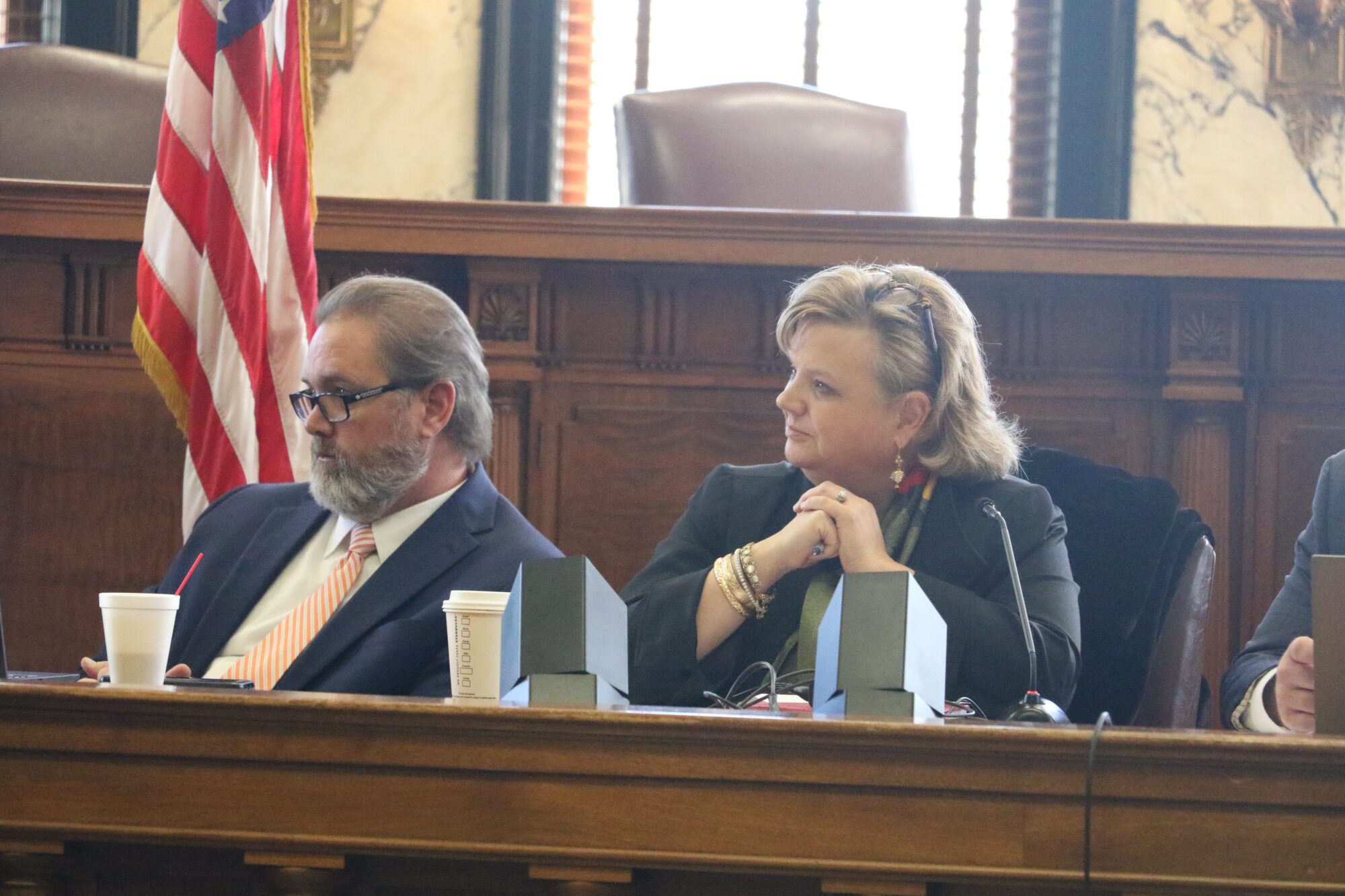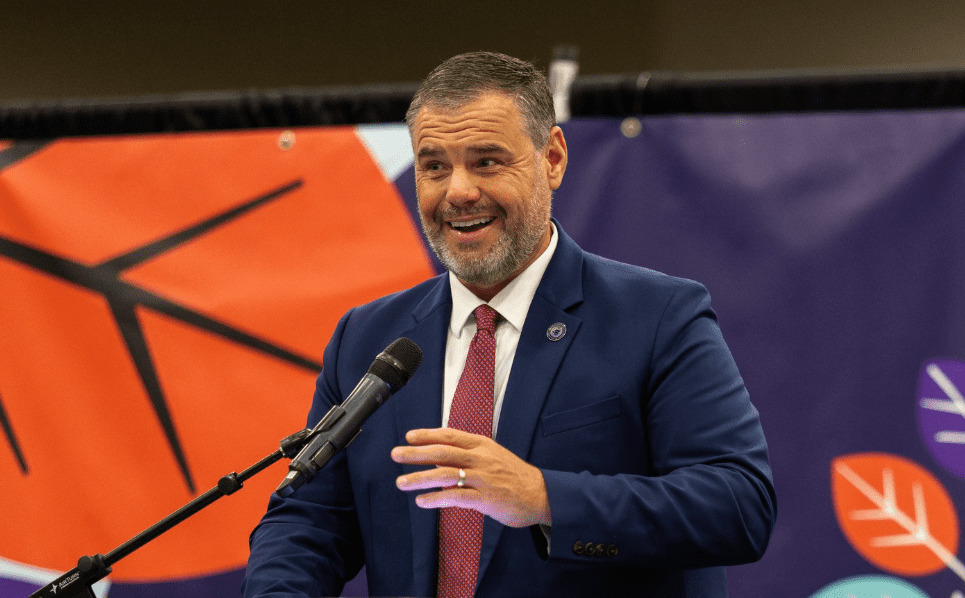
(Photo from Shutterstock)
- Salaries, inflation, new technology, and campus safety were among the reasons given for the requested increases.
Six of Mississippi’s public institutions of higher learning are increasing the price of state resident tuition. Out-of-state tuition, top tier meal plan, and housing increases were also approved.
Last week, the Mississippi State Institutions of Higher Learning Board of Trustees approved requests from six universities to increase tuition rates by an average of 3.8 percent, with the University of Mississippi Medical Center (UMMC) asking for a 3 percent increase.
Alcorn State University ($8,105), Delta State University ($8,435) and Mississippi Valley State University ($7,492) are keeping rates the same as last year.
“You can see that several of the institutions are not recommending an increase. This is due to cost and competitive situations for these campuses,” John Pearce, IHL’s Senior Associate Commissioner for Finance, told the Board.
All requests for increases were approved by the IHL Board, which also granted a waiver of the 30-day review requirement before the increases go into effect.
The university with the largest tuition increase will be Jackson State University, having been approved for a 6 percent increase from $8,690 to $9,210.
One of the reasons given for Jackson State University requesting the proposed increase was “campus safety.”
JSU also asked to include a $150 heath and student wellness fee to their tuition prices, which will generate $963,000 for use in staffing the student health center, and for providing technology and mental health services. The extra revenue will also go towards improving the university’s health care facilities, Pearce stated.
Mississippi State University and the University of Southern Mississippi are both increasing rates by 4 percent, from $10,052 to $10,454 and $9,888 to $10,284, respectively.
The University of Mississippi will be increasing tuition rates by 3.9 percent, from $9,612 to $9,990, while tuition at the Mississippi University for Women will increase by 3 percent from $8,392 to $8,647, and tuition at the University of Mississippi Medical Center will increase from $10,272 to $10,580.
Pearce informed the IHL Board that Mississippi State asked for the increase due to inflation and a new contract management software system. The University of Mississippi plans to use the extra revenue to cover salaries. The University of Southern Mississippi will use the increased funding for staff promotions and a cybersecurity program.
Pearce also gave the IHL Board an updated comparison of how Mississippi’s tuition rates compare to those in the rest of the Southern Regional Education Board (SREB) Region 1. Even with the increases, he said Mississippi remains competitive with institutions of higher learning in contiguous states that are part of the SREB.
“We continue to be at the bottom of that. We’re slightly higher than Arkansas for 2024. But when we look at the University of Alabama system, we’re several percentage points lower than there, and Tennessee,” Pearce described.
While the lower tuition rates are typically lower than other comparative states, so are the faculty salary ranges. Pearce said that tuition is typically managed through what is paid out in salaries.
“We’ve looked at this last year, we were at 80 percent of the SREB median compensation,” Pearce described.
He added that while the Legislature has approved IHL’s to requests for increased appropriations to provide salary increases over the past several years, it has not been enough to keep up.
“Really over the last five years the Legislature has been very generous in giving that, and the institutions have been providing salary increases, but even with that, we’re continuing to lose ground relative to our peers,” Pearce explained.
According to information he presented to the Board, the average pay for faculty in neighboring Arkansas is about $8,900 more than Mississippi’s average. On average, the faculty pay at SREB institutions in contiguous states is close to $16,000 more annually.
Increases were also approved at some professional schools for resident students.
At Mississippi State, there will be a 2 percent increase for Veterinary Medicine to $29,753, a 5 percent increase to Master of Physician Assistant to $32,970, and a 3 percent increase to Master of Science in Nursing to $40,685.
USM will increase the tuition for a Certified Registered Nurse of Anesthesia by 4 percent to $28,954.
Rates for students who live outside of Mississippi will see an increase as well, with some exceptions. Out-of-state students who attend Alcorn and Delta State are not charged a premium, so those rates also remain unchanged. Mississippi Valley State also does not place extra tuition charges on out-of-state students.
“This is based on a wavier that previously has been approved by the Board beginning in 2013,” Pearce described about those three institutions.
However, Alcorn and Delta State do charge a premium to international students, at $9,305 and $9,466 respectively, but those premiums are staying the same.
The institution increasing out-of-state tuition the most is Jackson State at 13 percent, rising from $11,690 to $13,210, while Southern Miss will be increasing its rate in that category by 3.3 percent to $12,284. Even though there are increases in those categories, Pearce said those two universities charge out-of-state students less than Ole Miss and Mississippi State.
“Jackson State University and the University of Southern Mississippi have reduced non-resident rates, as well, but these are not the same as the resident tuition rates. There’s a premium applied there. Mississippi State University and the University of Mississippi have a full non-resident rate,” Pearce said.
For comparison, out-of-state tuition at Ole Miss will increase from $28,440 to $30,150, while Mississippi State’s rate will increase from $27,487 to $28,586.
Two degree paths did see a decrease for non-resident students in an effort to drive enrollment. At the University of Mississippi Oxford campus the non-resident tuition for the School of Law will decrease from $41,500 to $27,180, the School of Pharmacy 1 and 2 will decrease from $53,676 to $30,250, and School of Pharmacy 3 and 4 will decrease from $57,804 to $32,242.
“This is due to some declines in enrollment in these programs over the last few years and trying to bring the pricing at a more competitive level,” Pearce elaborated.
Changes to the double-occupancy room rates were also approved at some institutions. Four institutions – Alcorn, Delta State, Jackson State and Valley – did not request changes to their current rates. However, increases were approved at Mississippi State ($7,802 to $8,210), MUW ($4,712 to $4,855), Ole Miss ($6,698 to $7,100) and USM ($6,324 to $6,500).
Rate increases to the highest tier meal plans were also approved at all but one institution, that being Valley, by an average of 3.4 percent, or about $151. Delta State requested the highest increase at 8 percent from $4,106 to $4,434.










